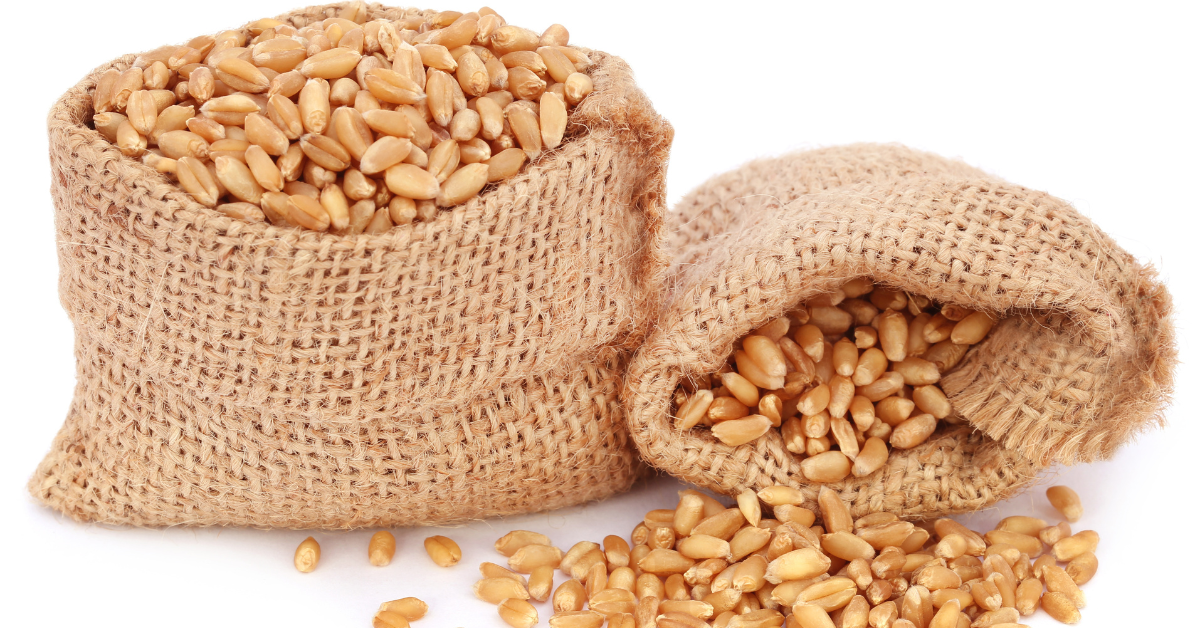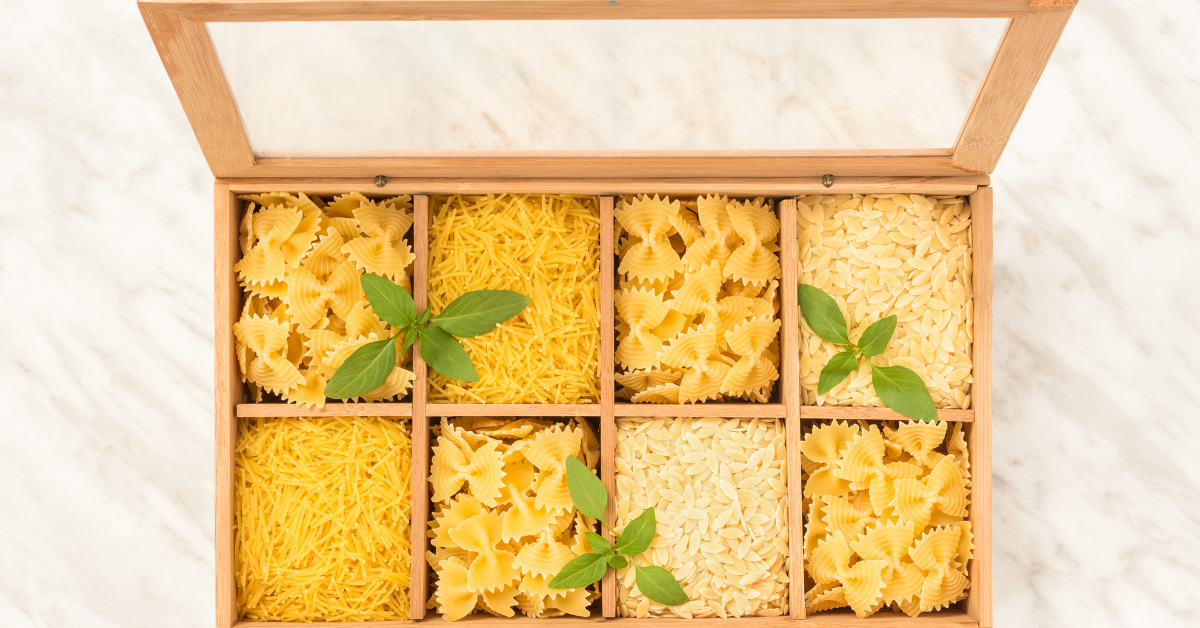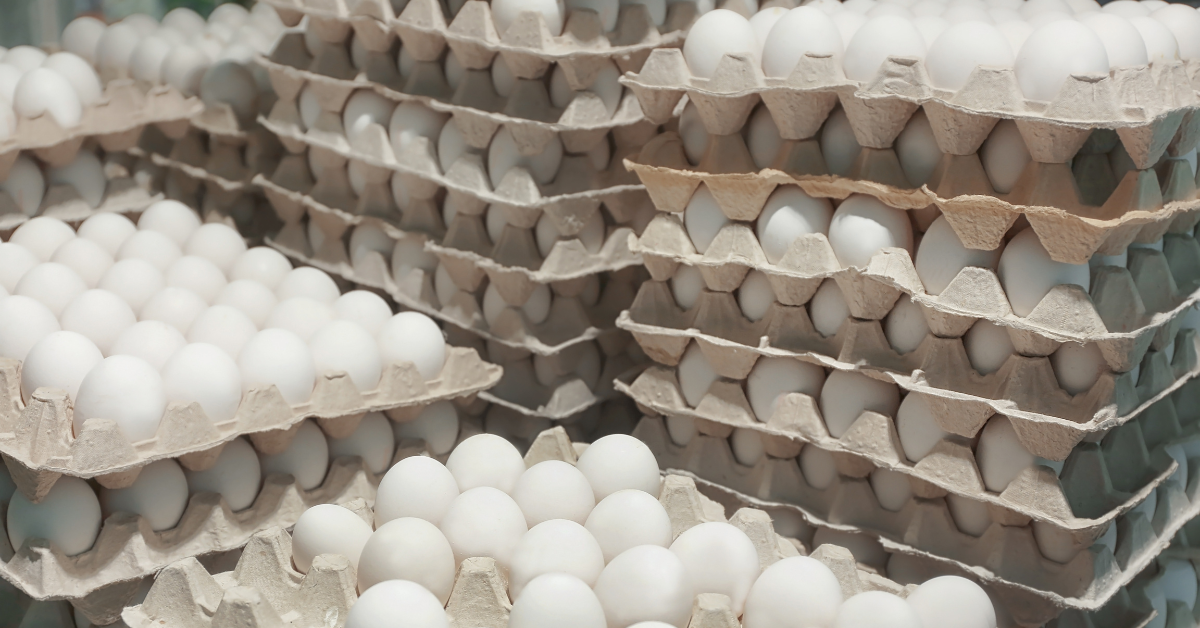Survival Skills in the aftermath of a natural disaster, economic collapse, nuclear warfare, or civil unrest can pose an overwhelming challenge. It requires a host of basic survival skills that you may not ordinarily need in our modern world.
Survival techniques, like cooking, administering first aid, and treating water, as well as other fundamental survival skills like shelter building and fire-making, are all invaluable in survival scenarios. Gaining these survival skills and practicing them in advance will better equip you for unexpected events.
Read on to discover six essential survival techniques everyone should know. However, remember to prioritize these according to the survival rule of three.
Whether lost in the wilderness or stuck in an emergency, these six survival skills will help you get through it.Download your Survival Guide book today to prepare you for anything. Learn how to build a shelter, find food and water, signal for help and more.
Survival Skill 1: Creating Warmth

A Key Survival Technique In a survival situation, your foremost priority should be safeguarding yourself from exposure to extreme elements, like the searing heat or biting cold.
If you find yourself in a cold, wet, rainy, or snowy climate, one of the basic survival skills needed for survival is to keep yourself warm. The technique for creating warmth revolves around building a shelter, making a fire, and donning the right clothing.
Survival Shelter Building
Basics for Survival In an ideal survival scenario where you need shelter to stay warm, you can simply erect a tent you brought along in your bug-out bag. However, if you are caught without a tent, you will need to construct a survival shelter to maintain warmth.
Types of Survival Shelters – Survival Skills to Master
There are several different types of survival shelters. The shelter you construct will depend on your location, the survival gear you possess, and the natural resources available to you. Nevertheless, there are a few traditional shelters that we recommend mastering:
- Tarp shelters
- Round lodge, teepee, or wickiup
- Lean-to
- Bough bed
- Debris hut
Wilderness Fire Making: A Survival Skill Essential
After constructing a shelter to insulate you from the elements, the next survival technique you will want to utilize is fire making. A fire not only helps you stay warm, but also assists in cooking food and boiling water.
When you construct a survival fire, it's crucial to remember the fire triangle or combustion triangle: oxygen, heat, and fuel. Absence of one of these three components could mean you're unable to build a fire, or your fire could be extinguished.
When you build a survival fire, you want to start small. A single spark can make all the difference. And when it comes to collecting fuel, remember that the drier, the better.
Acquire Basic Survival Skills Now, and Download Your Survival Guide Book Today!
When building a fire, you will want to gather three types of fuel:
- Tinder – The first step in building a fire. Tinder is any material that's combustible enough to ignite kindling, such as dry grasses, leaves, pine needles, or bark.
- Kindling – The second step for building a fire. Kindling is larger than tinder and combustible enough to ignite bigger pieces of fuel. Small, slender, and super dry twigs are the best type of kindling.
- Full-sized Fuel – When your fire is large and hot enough, you can add full-sized fuel, typically larger logs. Dried-out wood is the best type of fuel for a survival fire.
Ensure You Have the Proper Clothing: A Survival Technique
Often Overlooked The third aspect of maintaining warmth and protecting yourself from harsh elements is wearing the appropriate attire.To put it simply, if it's cold, you need to have warm clothing. If it’s wet, you need to have waterproof clothing. And if it is hot and sunny, you need to have UV-protective clothing.
We don’t get to choose the weather when SHTF. That is why spare clothing should always be included in your emergency supplies. Extra clothing should also be packed into your bug-out bags because when you evacuate, you don’t know when you’ll get back home for more clothing.
Survival Skill 2: Collecting Water and Treating Water - An Essential Survival Skill

Once you have a reliable shelter and can keep yourself warm and dry, your next survival priority is finding water. However, finding water is just the first step. Depending on the water source found, you will also have to treat the water to make it potable.
Finding Water
Depending on your location, water sources may be abundant or virtually nonexistent.
- Freshwater sources – rivers, creeks, ponds, and lakes
- Precipitation – rain, snow, sleet, ice, hail, and dew
- Other sources of water – groundwater, wells, and standing water
Foraging for water can be difficult. Regardless of where you find it, you will probably have to treat the water to make it potable.
Water Treatment Techniques
Knowing how to purify water in the wild is an invaluable skill. It can save your life and the lives of the other people in your survival group.
Treating water is such a critical skill that we recommend having a minimum of two strategies ready to go for treating water, if not more. Then, depending on your resources and the source of the water you have found, you will have multiple ways to make the water potable.
Below are some water treatment techniques and a short description of some pros and cons of each.
-
Boiling water – Boiling water is by far the easiest and most effective. However, it requires ample fuel and can take a while in cold temperatures or when working with snow or ice.
-
Survival straws – Drinking straight from the source with a survival straw is exceptionally convenient. However, survival straws by themselves are often not suitable for treating a large amount of water and bringing it with you.
-
Water filters – Large water filters or bladders are fantastic for collecting and treating a bulk amount of water. However, their soft material may have durability issues.
-
Disinfecting tablets – Using tablets to purify your water works well. But eventually, you may run out of tablets.
-
UV water filters – Like survival straws, UV water filters can also purify a small amount of water at a time. However, they tend to be expensive and require you to keep them charged, which could be difficult in a survival scenario without electricity.
- Desalinating Water – While more complicated than treating fresh water, learning how to desalinate water for survival could be critical if your only source of water is the ocean.
One useful survival technique when looking for water is understanding the signs of water in the environment. For instance, areas with lush vegetation or a concentration of insects and animals are often indicators of a nearby water source. If you're in a dry area, valleys or low-lying ground can also lead you to water.
Survival Skill 3: Hunting and Gathering - Key Basic Survival Skills

When you’ve secured a water source, for the time being, your next survival priority is finding food. In a wilderness survival situation, you will probably have to hunt, fish, trap, or forage for food, but locating the minimum calories to survive isn't easy.
Hunting
Humans have been hunting for millennia. It’s in our genes. However, hunting isn’t always about gunning down a giant elk. In wilderness survival scenarios, the most practical wild animals to hunt for are small game, fish, amphibians, invertebrates, and reptiles.
Compared to larger game animals like deer, these types of animals are ideal for two reasons.
- They make up for their small size with the sheer quantity of them located in a single area.
- Hunting these types of wild animals requires very little weapon technology.
Fishing and Trapping
Fishing and trapping are two of the most energy-efficient ways to obtain protein-rich food. The snares and fishing techniques you might employ will vary based on your location and type of prey. Therefore, we recommend becoming acquainted with multiple ways to fish and trap, so you are always prepared.
Foraging
Plants are a valuable source of nutrients. Knowing how to identify safe-to-eat plants properly is the most effective way to unlock the power of plants.
To get started, we recommend consulting foraging and botanical guidebooks. Then, as you spend time outdoors around your home, you can practice identifying and eating plants that may save your life if you run out of food.
Survival Skill 4: Cooking Food

Finding food is one thing. However, preparing and cooking the food to make it delicious and safe to eat is an entirely different challenge.
In an ideal scenario, cooking food can be as easy as boiling water forfreeze-dried foods. Freeze-dried food is ideal because it is incredibly lightweight, easy to prepare, delicious, and nutritious.
Whatever the scenario, the objective remains to cook food that you and your family can enjoy. However, depending on your survival scenario, cooking food may be more challenging, likecooking without electricity orstarting a fire without matches.
[product_render product-handle="7-day-emergency-food-supply"]
Therefore, when it comes to preparing and cooking food, it’s vital to have various cooking and food preparation skills and equipment.
Camp Cooking
Camp cooking is the art of making food without the luxuries of a modern kitchen like a stovetop or non-stick skillets. Many of us do it for fun when we enjoy a quiet weekend camping in the woods. Little did we know that we were practicing skills that may save our lives later on.
Camp cooking requires improvisation with the ingredients and tools available to you at the moment. In a survival situation, you probably cook whatever you trapped or hunted earlier in the day. You might not have access to herbs, spices, cooking oils, butter, or other ingredients to make it a super-balanced meal.
You also need to be able to cook with various fuel types, such as over a fire or propane camp stove, and with limited resources, like one knife, no cutting board, etc.
Camp cooking is a no-frills, simple but effective way to get the calories you need to survive. Here are some tips for camp cooking, especially when cooking with animals.
1. Get rid of the innards
The innards of an animal can be very nutritious, which is why we include them in our dishes at home, such as liver pâté, broth, or gravy. However, they can be difficult to properly clean and process in an outdoor camp cooking environment, making you and the others in your survival group sick.
2. Overcook rather than undercook
When working with freshly hunted game, it is always better to overcook than to undercook. At home, we can experiment more with tender meat because we have the luxuries of temperature-controlled ovens, BBQs, and thermometers. However, it’s better not to risk undercooked meat in a survival scenario.
3. Dispose of your food waste
In a camp cooking context, properly disposing of your food waste is important. Unfortunately, any leftover food cannot be stored and refrigerated properly, so it can rot more rapidly than you are used to and become unsafe to eat.
Therefore, the best way to avoid food waste is only to prepare and eat what you know you can completely finish.
Disposing of your food waste is also important for wildlife safety. For example, if you are cooking in an environment with large predatory mammals, like bears or mountain lions, the smell of food can attract them to your camp.
Survival Skill 5: First Aid and CPR
When SHTF, it’s not uncommon for hospitals and first responders to become overwhelmed. If you or someone in your family is injured during this time, you may need to perform first aid.
Plus, accidents happen in a survival scenario, even when things calm down in the aftermath of a disaster. Therefore, it may be necessary for you or someone in yourprepper community to be a reliable source for medical intervention.
Signing up forfirst aid and CPR classes now will pay dividends in the future. You may also consider signing up for awilderness first responder (WFR) course. WFR courses teach participants how to perform life-saving first aid in backcountry and wilderness contexts with limited resources and when traditional first responders and primary care are unavailable.
Besides signing up for a first aid and CPR course to learn valuable life-saving outdoor skills, we’d like to leave you with a few reminders regarding the first aid supplies you are prepping.
-
Periodically check the expiration status and condition of your first aid supplies and medications.
-
Your cache of first aid supplies should include essential prescriptions and over-the-counter medications.
- Make sure to include any critical medications for your pets.
Survival Skill 6: Navigation

Navigating safely and efficiently is one of the most important wilderness survival skills you can learn. This is especially true if you lose access to your smartphone and the internet. Just because you lose power does not mean you will end up lost or stranded on the way to your bug-out location.
Analog navigation with atopographic map and compass is an indispensable survival skill. We recommend taking the time to become familiar with maps and compass navigation if you have not already.
Final Thoughts on Critical Survival Skills & Techniques
Survival in the aftermath of a terrible disaster is difficult but not impossible. You can persevere if you prepare the right tools and equip yourself with extensive knowledge of essential survival skills.
There is no better time than the present. You can get started today by learning the survival skills that might save your life if SHTF—all from the comfort of your backyard.
For more helpful information, visit our website. OurPractical Prepper Blog is chock full of useful information to remain self-reliant in the face of the most unexpected disasters.




